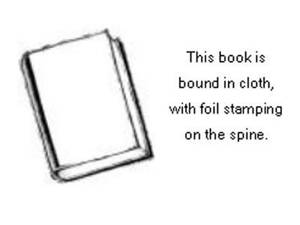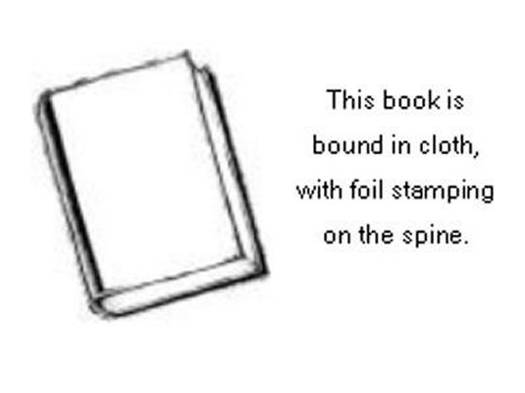
Door een staking bij bpost kan je online bestelling op dit moment iets langer onderweg zijn dan voorzien. Dringend iets nodig? Onze winkels ontvangen jou met open armen!
- Afhalen na 1 uur in een winkel met voorraad
- Gratis thuislevering in België vanaf € 30
- Ruim aanbod met 7 miljoen producten
Door een staking bij bpost kan je online bestelling op dit moment iets langer onderweg zijn dan voorzien. Dringend iets nodig? Onze winkels ontvangen jou met open armen!
- Afhalen na 1 uur in een winkel met voorraad
- Gratis thuislevering in België vanaf € 30
- Ruim aanbod met 7 miljoen producten
Zoeken
Diachronic Studies of English Complementation Patterns
Eighteenth Century Evidence in Tracing the Development of Verbs and Adjectives Selecting Prepositions and Complement Clauses
Juhani Rudanko
Hardcover | Engels
€ 86,95
+ 173 punten
Omschrijving
Diachronic Studies of English Complementation Patterns offers original analysis of change and continuity of predicates selecting central prepositions and complement clauses over the last three centuries using authentic data drawn from a unique combination of authoritative resources. Juhani Rudanko examines some of the most central prepositions in English; to, in, at, on/upon, and with, in constructions using an -ing clause. He depicts the common constructions used with the prepositions, focusing on matrix adjectives, matrix verbs, and in the case of to, the issue of alternation related to the infinitival pattern. He also provides a systematization of matrix verbs governing the pattern of eighteenth century English in each case. Then Rudanko focuses on the later development of the verbs identified by comparing the eighteenth century usage with present-day English. He draws on many sources for guidance on usage in each period along with the Oxford English Dictionary and H. Poutsma's unpublished dictionary which were sources throughout. For present-day English, he uses the intuitions of native speakers, along with the British National Corpus, and the COBUILD Direct Corpus. His source for nineteenth century examples is the Corpus of Nineteenth Century English. For the eighteenth century, he used the Chadwyck-Healy Corpus and the Century of Prose Corpus.
Specificaties
Betrokkenen
- Auteur(s):
- Uitgeverij:
Inhoud
- Aantal bladzijden:
- 150
- Taal:
- Engels
Eigenschappen
- Productcode (EAN):
- 9780761814078
- Verschijningsdatum:
- 3/06/1999
- Uitvoering:
- Hardcover
- Formaat:
- Genaaid
- Afmetingen:
- 162 mm x 234 mm
- Gewicht:
- 381 g

Alleen bij Standaard Boekhandel
+ 173 punten op je klantenkaart van Standaard Boekhandel
Beoordelingen
We publiceren alleen reviews die voldoen aan de voorwaarden voor reviews. Bekijk onze voorwaarden voor reviews.











